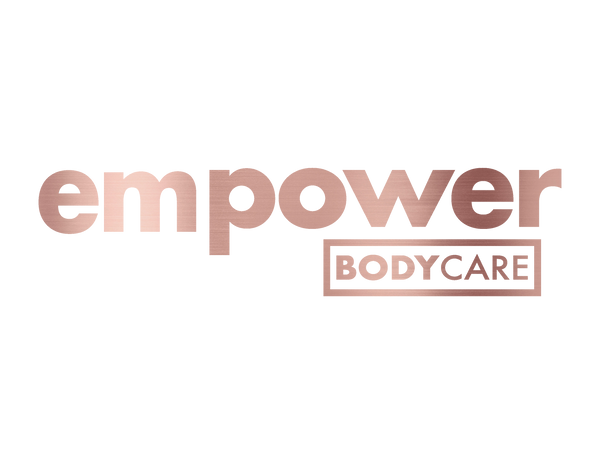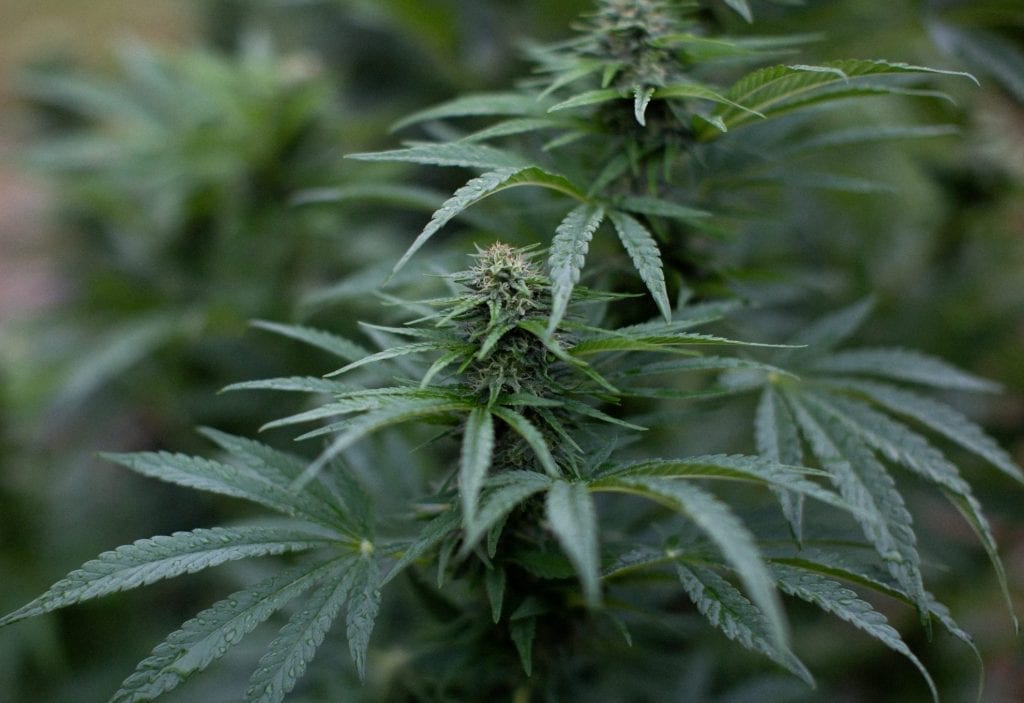Land, Soil, and CBD
This is a continuation of a previous blog that is centered around CBD rich cannabis and hemp. To read the first part of the East Fork Cultivators blog, CLICK HERE!
To learn more about the land and what is involved with the daily options we have described them below.
A large portion of the land we are located on has been kept in its native state of oak savanna, with natural wetlands being among that. If you spend some time on the farm you'll see deer, cougars, coyotes, bears, birds of all types, frogs, turtles, lizards, jackrabbits, skunks, and squirrels, among many other forms of life. We also plant a lot of pollinator-friendly flowers in order to maintain our healthy pollinator populations, with tons of bees and a diverse array of butterflies among our favorites.
In 2019 we mixed in a potato crop with our cannabis. The farm crew, along with a few community locals, like to enjoy the small vegetable garden and the three pond-like sources of surface water, which greatly encourage biodiversity.
We're also participating in a four-year wildlife study of cannabis farms in Josephine County, done by a grad student from UC Berkeley. Our participation involves the placing of cameras throughout our cultivation sites, cameras that have so far captured footage of jackrabbits, skunks, and other wildlife within our cultivation canopies.
Growing directly in our native soil not only eliminates the need to import soil mediums, but also allows a unique expression of terroir — the characteristic experience, taste, and flavor imparted to a flower cultivar by the environment in which it is produced — in our cannabis. The unique soil qualities found in the Illinois River Valley are partly responsible for creating some of the most amazing collections of cannabis plants in the world. By choosing to grow in native soil we reduce our environmental impact and deepen our connection with our terroir, which helps to create chemically complex cultivars. We also know that terpene profiles are influenced by the growing environment, and the soil is a big part of that. By skipping out on what native soil has to offer you also skip out on the terroir: the complete natural environment—including soil, topography, and climate — in which a particular flower is produced.
Time-tested sun-grown cultivation methods have shown that nature offers everything we need to grow this remarkable plant, but there is a tendency to want to artificially recreate what nature already offers. The practice of trucking in soil, made up of components from all over the world, necessitates a heavy nutrient-feeding regimen that’s very unsustainable when applied at the scale this industry is growing towards.
Another important part of caring for the soil is planting a cover crop between production cycles. That's why in the fall, before and during the harvest of our cannabis crop, we put winter rye, vetch, and crimson clover seeds in the ground. These plants cover the ground during the winter season and provide many benefits to the soil, such as fixing nutrients, improving soil structure, preventing erosion, adding organic matter, suppressing weeds, and increasing biodiversity. The benefit of planting pre-harvest ensures that the soil and its inhabitants will be without vegetation for the least amount of time possible.
In the spring, we test our soils to determine which nutrients may need supplementation. We then spread our Organic Certified, locally sourced dry amendments using a rotary spader to incorporate the amendments and cover crop, which is a less-invasive alternative to a traditional tiller. We also collect and culture indigenous microorganisms (IMO) from healthy local forests on non-GMO wheat middlings to greatly improve our soil micro biosphere, which in turn improves soil loaminess, tilth, structure, earthworm habitat. We spread this inoculum at a rate of 1,200 lbs. per acre and hand rake it into our beds. We pair the IMO with the biochar we prepare from the previous year's cannabis stalks. This provides the IMO with habitat, with the added benefits of adding carbon to the soil, recycling nutrients, reducing leaching of nutrients, improving water quality, and reducing acidity.
We also supply our plants with nutrients, minerals, and beneficial microorganisms using anaerobic ferments that we create on-site, following the processes described in the Korean Natural Farming and JADAM natural farming methods. The plant material necessary for these inputs are sourced only from our property. The inputs are applied either by foliar spray or drip irrigation. During the growing season, we use a minimal pruning technique, which allows the cannabis plants to "self-prune" or allows their inner foliage to die back and fall to the ground. This not only provides the soil with mulch, but it also recycles the nutrients back into the soil. Any material that is pruned or any plants that are culled due to undesirable expressions are used in a liquid ferment, further recycling nutrients back into the crop. We focus on feeding the soil, which is what feeds our plants.
Water is another important part of growing any outdoor crop. We share agricultural water rights from a tributary of the Illinois River with a few neighbors. This water is gravity fed into our three holding ponds, which we pump out of to feed the drip irrigation systems for our crops. This drip system is a way to minimize waste, while preventing weeds from taking hold, by slowly watering only the necessary areas. For our hemp, we bring the water to each field by a two-inch flexible hose. This hose feeds our two-inch headers, which supply each four-foot row of plants with a single drip line. On our adult-use cannabis farm, we have a similar setup, though our supply lines and headers are buried underground, and the 10-foot rows of plants are supplied by six drip lines each. The liquid fertilizers we create on-site are fed through an injection system to eliminate the need for any reservoir other than our holding ponds.
One of the challenging things about the farm having such an abundance of life is figuring out how to all live together. We practice Integrated Pest Management. The first step in IPM is to define what constitutes a pest at our farm. Once we have set a pest threshold, we can begin building a healthy, balanced ecosystem. We plant insectary plants, companion plants, and utilize a banker plant system to encourage native predatory insects to move in and reproduce. As mentioned above, this year we began co-planting potatoes with cannabis in hopes of naturally combating persistent soil pests, symphylans. We do regular releases of a variety of beneficial insects to help prevent our most prevalent pests.
We perform routine pest scouting and microscopic analysis of our plants at all stages throughout the year to monitor our pest pressure levels, which vary over time. With the data gathered through scouting and scoping, we can then decide how to proceed. If we end up with a hot spot that is beyond our control with our preventative, natural methods, we will spot spray with something we make onsite, or a spray that is permitted with our Sun+Earth and USDA Organic certifications. We use this as a last resort and we do not spray our entire field. We only spot treat areas of heavy pest pressure, allowing the rest of the field to remain untreated. Last year, we only sprayed in our field one time. By using healthy, vigorous, pest-resistant genetics we promote an overall healthy cultivation area.
Creating Luxury CBD Products isn't easy, but Empower BodyCare takes every step necessary to ensure their customers are reaching their health and wellness goals.
Check back in a couple of days to learn about water's role and for the conclusion of this three-part blog.
Blog Post Written By Nathan Howard, Co-Founder & President of East Fork Cultivars

